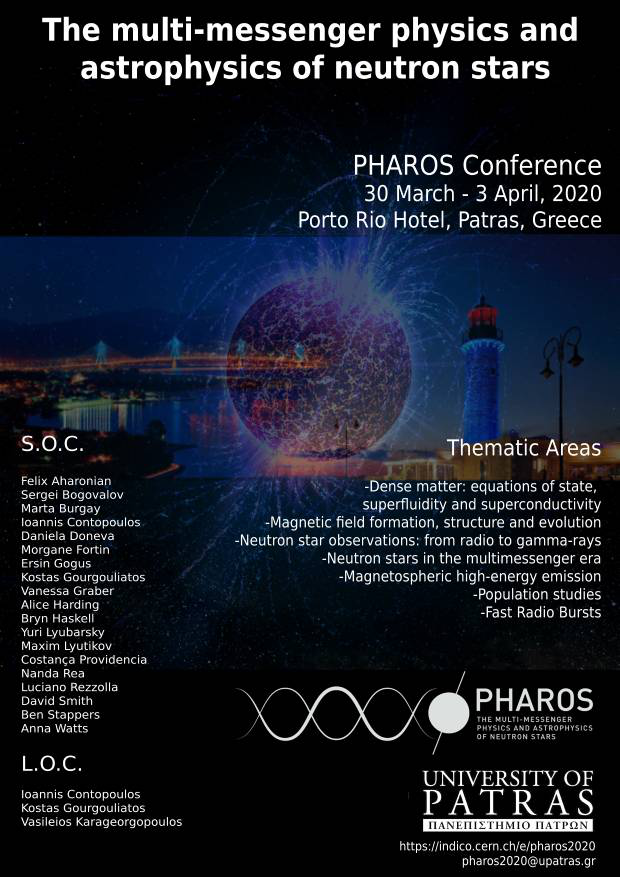Speaker
Description
In this talk, I shall present recent works on the spectral characterization of the non-thermal X-ray emission and its subsequent modelling using synchro-curvature radiation. I shall introduce the use of the differential geometry Frenet-Serret equations to describe a magnetic line in a pulsar magnetosphere. These equations, which need to be solved numerically, fix the magnetic line in terms of their tangent, normal, and binormal vectors at each position, given assumptions on the radius of curvature and torsion. Once the representation of the magnetic line is defined, I shall comment on the relevant set of transformations between reference frames; the ultimate aim is to express the map of the emission directions in the star corotating frame. In this frame, an emission map can be directly read as a light curve seen by observers located at a certain fixed angle with respect to the rotational axis. I shall show that this approach offers a setting to achieve an effective description of the system's geometry together with the radiation spectrum. This allows to compute multifrequency light curves produced by a specific radiation process (and not just geometry) in the pulsar magnetosphere, and intimately relates with averaged observables such as the spectral energy distribution.

